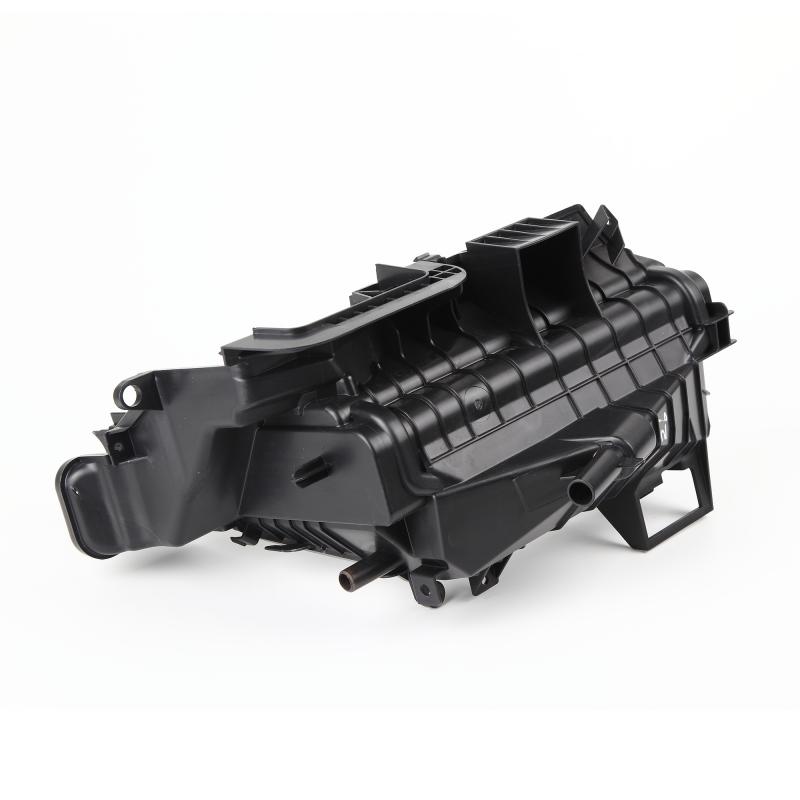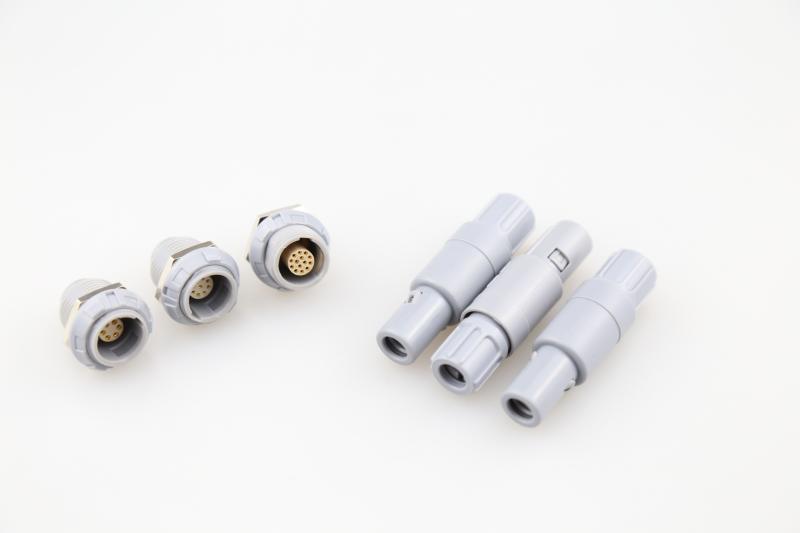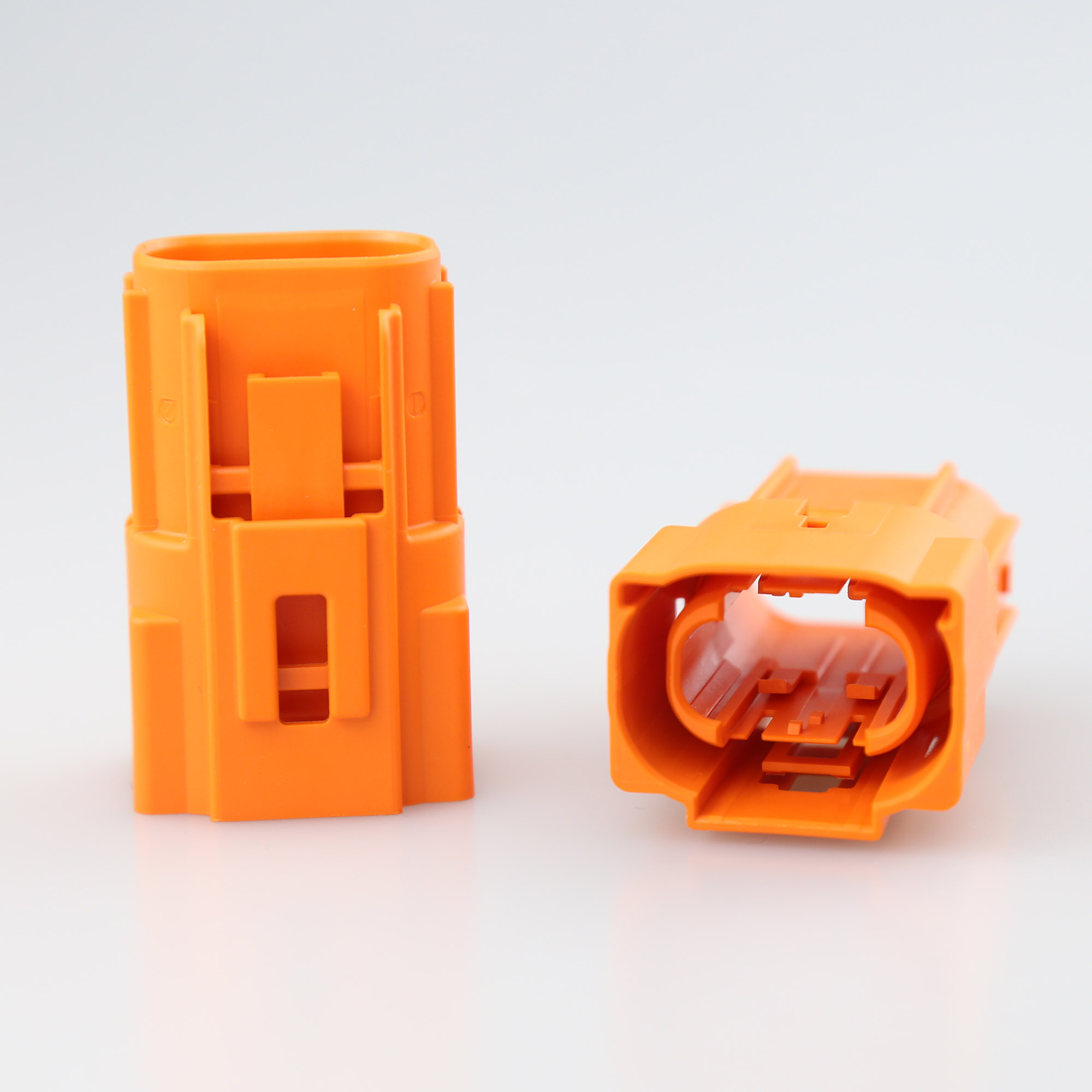



Answer: the basic principle of plastic molding is to use the extrudability and plasticity of plastic, first of all, loose particles or powder molding materials from the hopper of the injection machine into the high-temperature barrel heating melting plasticization, then, driven by the high pressure of the plunger, it is injected into the closed mould with lower temperature through the nozzle at the front end of the barrel at a high speed. After a period of pressure preservation and cooling, open the mold can be more from the mold cavity out of a certain shape and size of plastic parts. Advantages: (1) high productivity, easy to realize automatic production 2) production adaptability. It can form simple or complex plastic parts and plastic parts with metal or non-metal inserts, and it can also form small or large plastic parts (3) the dimensional accuracy of plastic parts is easy to ensure that the quality of plastic parts is stable. (4) in addition to fluoroplastics, almost all Thermoplastic can be molded by injection molding, and some thermosetting polymer with good fluidity can also be molded by injection molding. Disadvantages: (1) expensive injection equipment. (2) the mold structure is complex, the manufacturing cycle is long and the cost is high. (3) the waste of casting system can be recovered and reused, but the auxiliary equipment such as crushing and granulating should be added. Therefore, injection molding is particularly suitable for mass production, not for single-piece small-batch production of plastic parts.